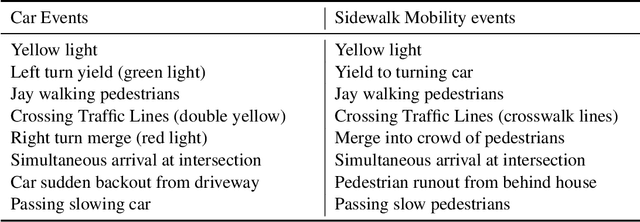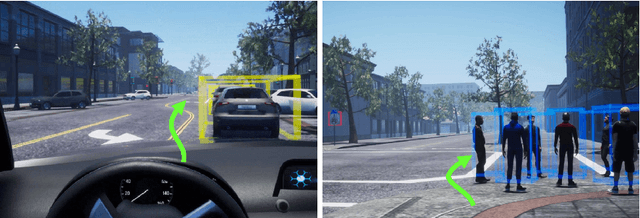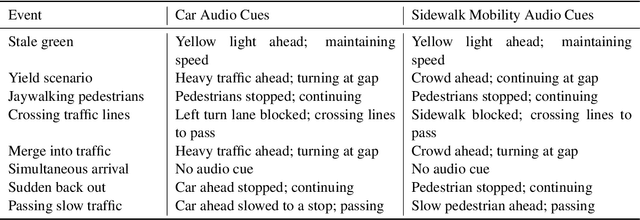Zhaobo Zheng
Beyond Empirical Windowing: An Attention-Based Approach for Trust Prediction in Autonomous Vehicles
Dec 15, 2023Abstract:Humans' internal states play a key role in human-machine interaction, leading to the rise of human state estimation as a prominent field. Compared to swift state changes such as surprise and irritation, modeling gradual states like trust and satisfaction are further challenged by label sparsity: long time-series signals are usually associated with a single label, making it difficult to identify the critical span of state shifts. Windowing has been one widely-used technique to enable localized analysis of long time-series data. However, the performance of downstream models can be sensitive to the window size, and determining the optimal window size demands domain expertise and extensive search. To address this challenge, we propose a Selective Windowing Attention Network (SWAN), which employs window prompts and masked attention transformation to enable the selection of attended intervals with flexible lengths. We evaluate SWAN on the task of trust prediction on a new multimodal driving simulation dataset. Experiments show that SWAN significantly outperforms an existing empirical window selection baseline and neural network baselines including CNN-LSTM and Transformer. Furthermore, it shows robustness across a wide span of windowing ranges, compared to the traditional windowing approach.
Trust in Shared Automated Vehicles: Study on Two Mobility Platforms
Mar 17, 2023



Abstract:The ever-increasing adoption of shared transportation modalities across the United States has the potential to fundamentally change the preferences and usage of different mobilities. It also raises several challenges with respect to the design and development of automated mobilities that can enable a large population to take advantage of this emergent technology. One such challenge is the lack of understanding of how trust in one automated mobility may impact trust in another. Without this understanding, it is difficult for researchers to determine whether future mobility solutions will have acceptance within different population groups. This study focuses on identifying the differences in trust across different mobility and how trust evolves across their use for participants who preferred an aggressive driving style. A dual mobility simulator study was designed in which 48 participants experienced two different automated mobilities (car and sidewalk). The results found that participants showed increasing levels of trust when they transitioned from the car to the sidewalk mobility. In comparison, participants showed decreasing levels of trust when they transitioned from the sidewalk to the car mobility. The findings from the study help inform and identify how people can develop trust in future mobility platforms and could inform the design of interventions that may help improve the trust and acceptance of future mobility.
* https://trid.trb.org/view/2117834
 Add to Chrome
Add to Chrome Add to Firefox
Add to Firefox Add to Edge
Add to Edge